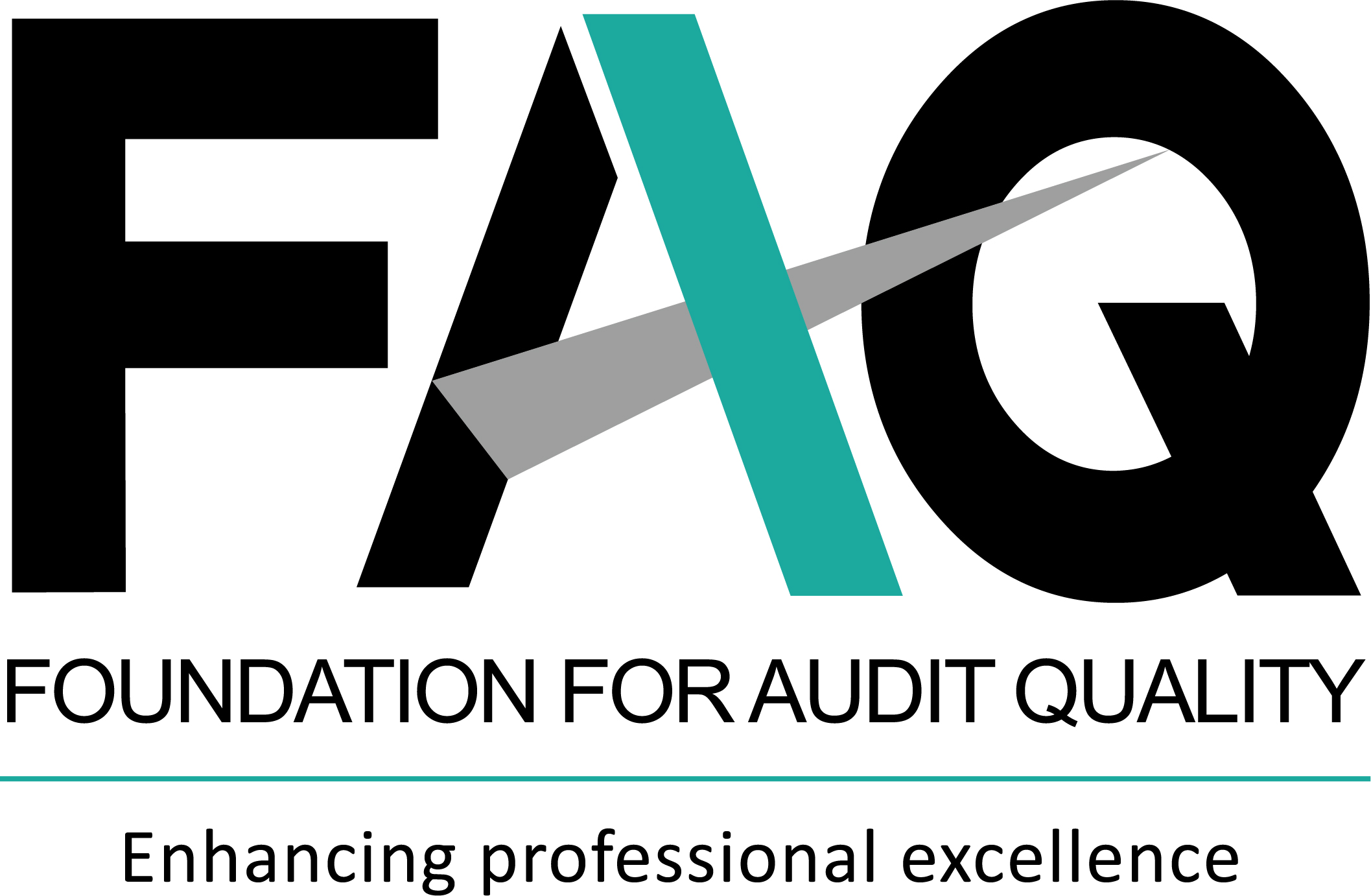Discussion/Consultation papers and Publications issued by regulators
Updates from IASB
There are no updates in January 2022
There are no updates in February 2022
There are no updates in March 2022
There are no updates in April 2022
There are no updates in May 2022
There are no updates in June 2022
There are no updates in July 2022
There are no updates in August 2022
There are no updates in September 2022
There are no updates in October 2022
There are no updates in November 2022
There are no updates in December 2022
January 2023
In December 2021, the Organisation for Economic Co-operation and Development (OECD) published Tax Challenges Arising from the Digitalisation of the Economy – Global Anti-Base Erosion Model Rules (Pillar Two): Inclusive Framework on BEPS (the Rules). The Rules were introduced with the objective to address the tax challenges arising from the digitisation of economy by ensuring that large multinational groups27The minimum tax rate of 15 per cent would be applicable to multinational groups having consolidated revenues of EUR 750 million or more in at least two of the preceding four years. pay a minimum amount of tax (i.e., 15 per cent) on income arising in each jurisdiction in which they operate.
Over time, various concerns were raised by the stakeholders regarding the potential implications of the Rules. In particular, uncertainty over the accounting for deferred taxes arising from the Rules was identified as a key challenge area. Thus, in order to address these concerns, the International Accounting Standards Board (IASB), on 9 January 2023, issued an Exposure Draft (ED),International Tax Reform – Pillar Two Model Rules (Proposed amendments to IAS 12). The ED proposed certain amendments to the International Accounting Standard (IAS) 12, Income Taxes. These include:
-
Temporary exception to the accounting for deferred taxes arising from the implementation of the Rules: The ED proposes that an entity
should not recognise or disclose information about deferred tax assets and liabilities arising from the implementation of the Rules. However, the
entity should disclose the fact that it has applied this exception.
The proposed exception28It is mandatory for the companies to apply this temporary exception. would be effective immediately upon issuance of the amendments and retrospectively in accordance with IAS 8 Accounting Policies, Changes in Accounting Estimates and Errors. - Targeted disclosure requirements: The ED has also provided certain disclosure requirements for an entity in the periods in which the Rules are enacted or substantively enacted but are not yet in effect. These would be effective for the annual reporting periods beginning on or after 1 January 2023
The ED is open for comments up to 10 March 2023.
To access the text of the ED, please click here
There are no updates in February 2023
March 2023
Amendments to IFRS 9
- Clarifying the classification of financial assets with Environmental, Social and Governance (ESG)-linked features: : ESG-linked features in loans could affect whether the loans are measured at amortised cost or fair value and determine whether such loans have cash flows that are solely payments of principal and interest on the principal amount outstanding (SPPI). The proposed amendments clarify how a company would assess SPPI condition for contractual cash flows arising from financial assets with contingent features. The proposals address a specific call for clarification on how to classify financial assets with an ESG-linked feature – for example, a feature that adjusts the interest rate on an asset by a specified number of basis points depending on whether the borrower achieves a pre-determined ESG or sustainability-related target(s). However, the proposals address all contingent features, not just ESG linked features.
- Classifying contractually linked instruments: To address questions on applying the SPPI requirements to contractually linked instruments, the proposals clarify their key characteristics and how they differ from financial assets with non-recourse features. The proposals also provide factors a company could consider when assessing the cash flows underlying a financial asset with non-recourse features (the ‘look through’ test).
- Settlement of liabilities through electronic payment systems: The IASB proposes to:
- Clarify that an entity uses settlement date accounting when recognising or derecognising financial assets and financial liabilities, and
- Develop new requirements to permit an entity to deem a financial liability that is settled using an electronic payment system to be discharged before the settlement date if specified criteria are met.
Amendments to IFRS 7
- Investments in equity instruments designated at fair value through other comprehensive income: For investments in equity instruments for which subsequent changes in fair value are presented in other comprehensive income, the ED has proposed that:
- Disclosure of an aggregate fair value of equity instruments should be provided instead of the fair value of each instrument at the end of the reporting period, and
- An entity should disclose the changes in the fair value presented in other comprehensive income, during the period.
- Contractual terms that could change the timing or amount of contractual cash flows: The ED has proposed amendments to the disclosure requirements for contractual terms that could change the timing or amount of contractual cash flows on the occurrence (or non-occurrence) of a contingent event. These requirements would be applicable to each class of financial asset measured at amortised cost or fair value through other comprehensive income and each class of financial liability measured at amortised cost.
The ED is open for comments up to 19 July 2023.
To access the text of the ED, please click here
There are no updates in April 2023
There are no updates in May 2023
There are no updates in June 2023
There are no updates in July 2023
There are no updates in August 2023
There are no updates in September 2023
There are no updates in October 2023
There are no updates in November 2023
There are no updates in December 2023
There are no updates in January 2024
There are no updates in February 2024
There are no updates in March 2024
There are no updates in April 2024
There are no updates in May 2024
There are no updates in June 2024
There are no updates in July 2024
There are no updates in August 2024
There are no updates in September 2024
There are no updates in October 2024
There are no updates in November 2024
Our Insights
Tools and Enablers
- Standard workpapers
- Technology tools
Resources
- Regulatory updates
-
India updates
Accounting updates
Auditing updates
Regulatory updates
-
International updates
Accounting updates
Auditing updates
Regulatory updates
-
Recap on key updates
-
Publications
India Publications
International Publications
-
Matter for auditors’ attention
-
Discussion/Consultation papers and Publications issued by regulators
India Publication
International Publication
Exposure Drafts/consultation papers
EDs/consultation papers
Matters for Consultation

